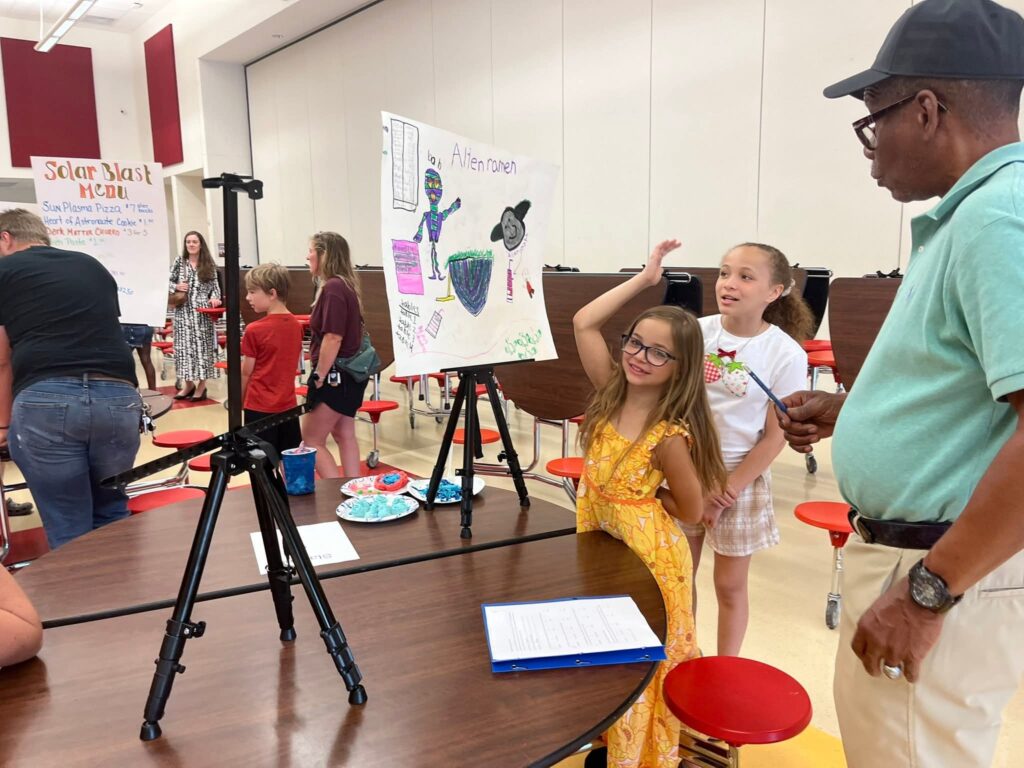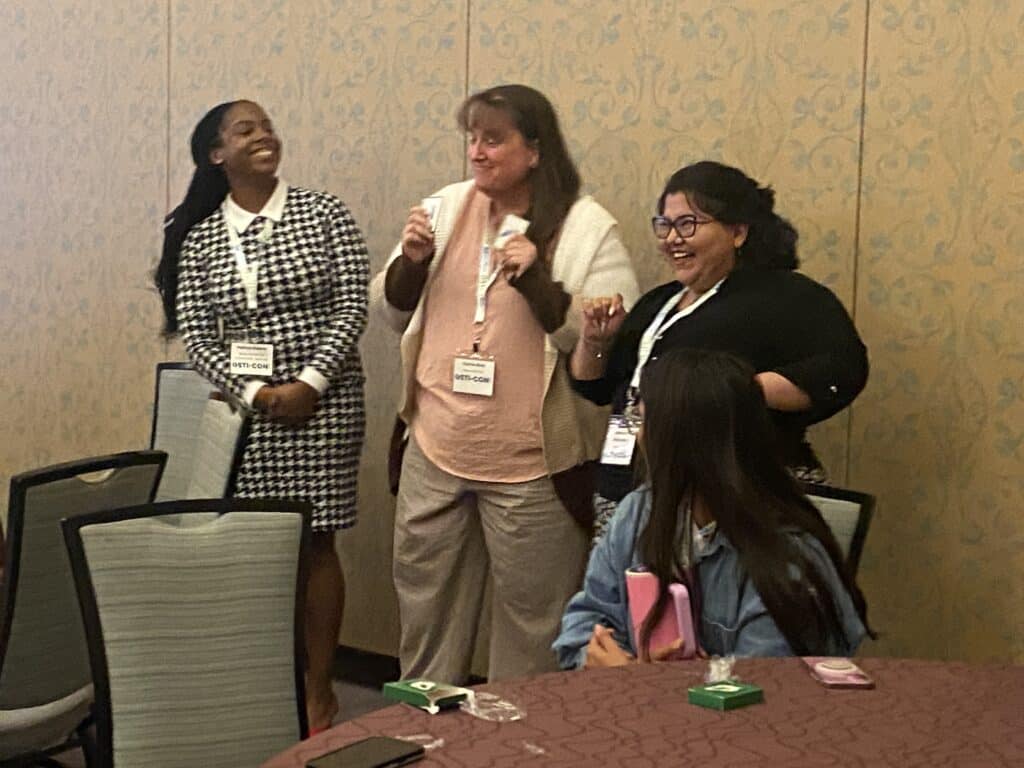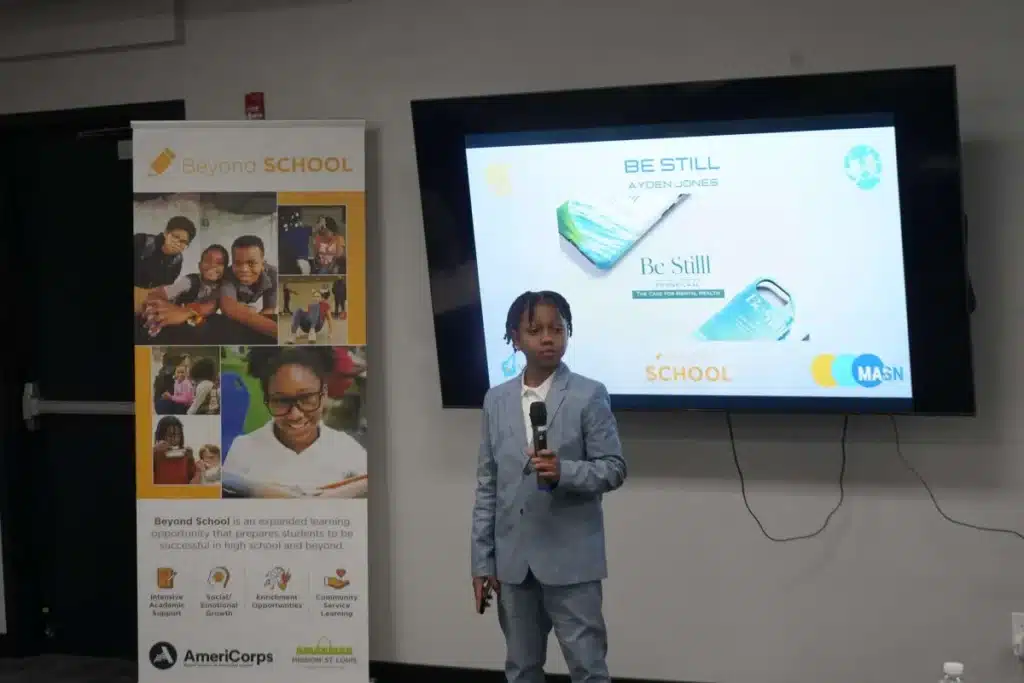In my last two posts, I’ve been sharing the story of Bri Connelly, who learned grit and determination in devoting herself to dance—which proved invaluable as she moved into computer science (she is now an associate product manager at Google).
While Bri Connelly was studying at the University of Texas at Austin, her school was one of 10 universities invited by IBM to “develop something cool” using genius computer Watson—the computer that won Jeopardy.
That semester, Connelly happened to be taking a class taught by the UT’s department chairman, Bruce Porter, and she quickly found herself on the project. Just as quickly she became project leader. Connelly had led before, but this was her first experience in charge of a product on such a scale. In her class of 20, she was the only woman.
“Normally I’m the type of person that if someone is slacking on a project, I’ll just do the whole project myself,” Connelly says. “But Watson was on a scale that I couldn’t do all of the work if I had to. The challenges were more as a young person than as a woman. It’s hard to gently pull people to get things done.”
Connelly’s team studied different societal problems that they could solve with vision, algorithms and software, and they settled on her original idea, “to do something that impacted people outside of our privileged technology world.”
The idea was to use the tremendous intelligence of IBM’s Watson, the world’s smartest computer, to help low-income people to navigate the confusing array of social services and sift through the many different forms and bureaucracies to find the help they needed, matching people with what they need.
How was it for Connelly, leading a team of men on an intense project?
“I was a bossy little girl and always assumed that at some point I would stop taking control of things when I got to a bigger pond,” she says. “Then I got to college and became president of Women in Computer Science in my sophomore year. I notice that when I’m on certain engineering projects, the guys I work with immediately think I’m worse or give me a smaller piece of the project. But when there’s something that’s holistic or involves a lot of writing, organization, and business planning, they’re okay with me taking care of it.”
IBM flew each of the 10 teams in the Watson competition to New York, where the winning team would be announced and would receive $100,000 to fund their start-up. It was Connelly’s responsibility to choose five students to represent the team in New York. “I was nervous about seeming rude, so I made a Google poll and had everyone vote on the five hardest-working people.” Luckily the poll results matched her own vote.

“We didn’t think we would win at all,” Connelly says. “We were one of the only schools that were all computer science majors. The other teams had designers, engineers and business majors all working together. When we won we were shocked. It didn’t sink in until later than night. We came back to our hotel room and were planning to go out and celebrate. But instead we just sat in a room together and thought, ‘Wow, what are we going to do?’ We went from being just students to founders of a funded start-up with six figures in the bank.”
Fewer than one in five computer science majors in the U.S. are women, roughly half as many a generation earlier. Incredibly, as the demand for computer scientists has increased, the share of women in computer science has gone backward—making Connelly’s leadership of the winning Watson project team an extraordinary accomplishment.
Back in high school, Connelly had no idea what kinds of jobs were available in computer science. Her impressions were superficial, “mostly stuff on TV.” Upon graduation from UT, Connelly was offered—and accepted—one of 40 places in a highly selective Google class of new college graduates, what might have been called “trainees” in a different era, before human resources directors became “talent directors.” At Google, Connelly is once again a product manager, this time on a project team assigned to “mobile search.” Whatever the experience holds, she expects to be an “intrapreneur” within Google or an entrepreneur in five years.
“I’ve always been interested in the holistic view of technology. I enjoy thinking about the people who use a product. What are their problems and how can we solve them with technology and the resources we have?”
At its Silicon Valley corporate offices, Google encourages employees to spend 20 percent of their time on projects unrelated to their present work. For Connelly, the choice of how to spend that time was easy. She teaches a dance class for Google employees.
I’d love to hear from you in the meantime, about any projects on which you’ve worked that involved teamwork. How did this play out for you and your colleagues? How can we help develop our girls capacity for leading teams? What leadership qualities do you see in your kids? Thanks for sharing!




